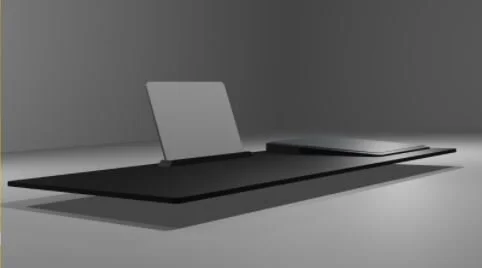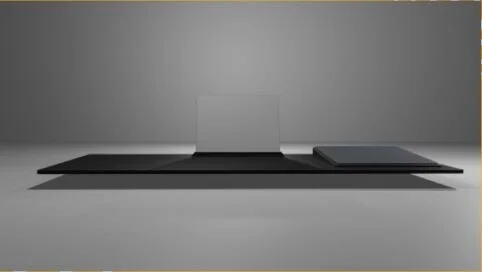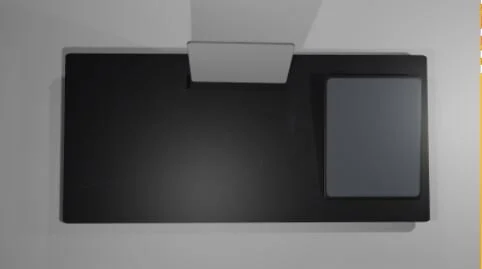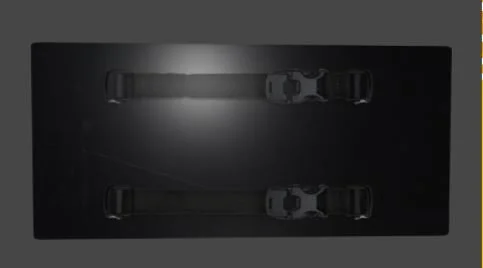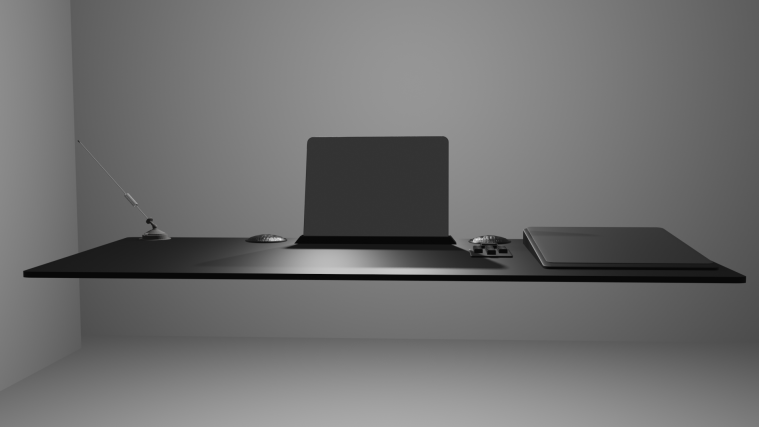Speculative Design Projects
Biography
Hi there!
My name is Mason. I am a 19-year-old User Experience Design student currently attending Wilfrid Laurier University, sited in Brantford, Ontario. I am working towards completing my Bachelor’s and obtaining a profession in UX Design. Throughout my entire life, I have had a passion for creation. Reflecting back years ago, I can still remember spending my free time on programs such as Photoshop, Illustrator, and After Effects. I have had the opportunity to work with a variety of clients, whether it be through the university, or through personal business. I hope to work with many more in the future.
If you would like to reach out, feel free to email me through the contact tab!
Speculative Design Project One.
Pair N’ Play Pad.
Side View
Summary
The Pair N’ Play pad is a product that can be attached to a user, where ever it best suits their needs. It is strapped to the user to assist them somatically when using a mobile device. This allows a user to avoid being in uncomfortable positions when this device. The goal for this project was to create a product that would enable users with sensory disabilities to enjoy technology equally to the ordinary user.
Description
This device is targeted towards individuals who are somatically limited. It provides auditory, visual, and haptic feedback in order for users to get an extra prompt/confirmation when performing actions on their device. As a group, we aimed to tackle problems that many individuals with mobility and sensory disabilities have to deal with when using devices. This can be strapped to the arm, leg, or even wheelchair armrests.
Pair N’ Play Pad.
Front View
Pair N’ Play Pad.
Top View
Review
We went through a design process that assisted us in attending to many of the issues that we identified. We began with brainstorming and ideating, throwing together ideas, whether they were “good” or “bad”. A Miro board and sticky notes were used in order to complete this. After deciding on what features we thought best suited the aims of this project, we sketched out briefly what we wanted our design to look like. However, we came across some problems. One being the size and weight of this product. Our goal was to make the pad light and mobile and our original sketches did not attend to this. So, we pivoted to different materials such as bristol board and plastics, rather than heavyweight metal. After ensuring this product can be suitable for users, we transferred our ideas and sketches into Blender, where we created our final prototype. We were sure to include all necessary materials and rendered the design from multiple angles.
Conclusion
Overall, I am very pleased with how this project went and how this group performed together on it. The skill of teamwork and collaboration were enhanced greatly through the progress of this, giving me a sense of what it truly means to be a UX Designer. I believe that our final design ultimately attended to our user’s needs effectively, with auditory, visual, and haptic feedback.
Pair N’ Play Pad.
Bottom View
Speculative Design Project Two.
Pair N’ Play Pad 2.0.
Side View
Summary
The aim of this project was to extend on the previous speculative design project and adjust our product to assist users somatically, while connecting to both the standard Internet and Internet of Things (IoT). We decided to alter and add to the Pair N’ Play in order for users who are somatically disadvantaged to control their smart homes. This can be done through the board, which multiple accessibility features.
Description
As a group, we aimed to allow users with somatic limitations to comfortably and effectively interact with their smart home. This is possible due to the Internet connection, the connection to the Internet of Things, and the feedback that the pad gives to users. The device connects to a user’s router via secure RFID signals. The same software is embedded within the user’s smartphone, tablet, etc., the smart home, and the Pair N’ Play Pad 2.0 in order for the device to be connected to the Internet of Things. A numbered dial pad corresponds to a room in a user’s home and a mounted speaker gives auditory feedback according to the user’s actions when using the pad and smart home.
Pair N’ Play Pad 2.0.
Front View
Pair N’ Play Pad 2.0.
Top View
Review
The design process of this product compared to the original was slightly modified. This is due to the fact that we already had a “base design” for this project, as we needed to transform our old design and create a new one. We first identified what needed to be focused on, then decided who our most interested users would be. This was much more challenging, as we were restricted to our original design and could not alter this design too far. We created the persona’s of an elderly couple to represent how people like them would find the product useful. We sketched out the individual pieces that would be added to our original design and then brought it all together in Blender, once again.
Conclusion
After completing this project, there was a lot to look back on and review. We accomplished so much as a group. I personally became a stronger communicator, an effective leader, and overall a better designer. I have a firm understanding of both the design process and what it takes to be a UX Designer after these projects. I am very proud of how the group collaborated together and the final results that we ended up with.
Pair N’ Play Pad 2.0.
Persona’s
